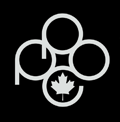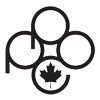Monday, November 11, 2019
THE MILITARY ACCREDITATION
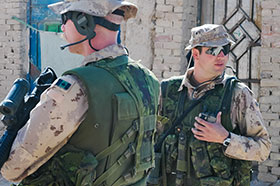 (Images and story by Chris TT Thombs). As it is Remembrance Day a lot of people start thinking about the military, and November 11th. I thought I would share some info, and thoughts about No. 44 - Military Life accreditation, “The Military Accreditation”. Why would I write a blog about this accreditation, and why does this accreditation matter to the regular members of PPOC? In my opinion military life is part of the Canadian story that needs to be documented. It also gives you a chance to educate yourself as a photographer by working towards getting the accreditation which will test you both as a photographer and as a project manager.
(Images and story by Chris TT Thombs). As it is Remembrance Day a lot of people start thinking about the military, and November 11th. I thought I would share some info, and thoughts about No. 44 - Military Life accreditation, “The Military Accreditation”. Why would I write a blog about this accreditation, and why does this accreditation matter to the regular members of PPOC? In my opinion military life is part of the Canadian story that needs to be documented. It also gives you a chance to educate yourself as a photographer by working towards getting the accreditation which will test you both as a photographer and as a project manager.
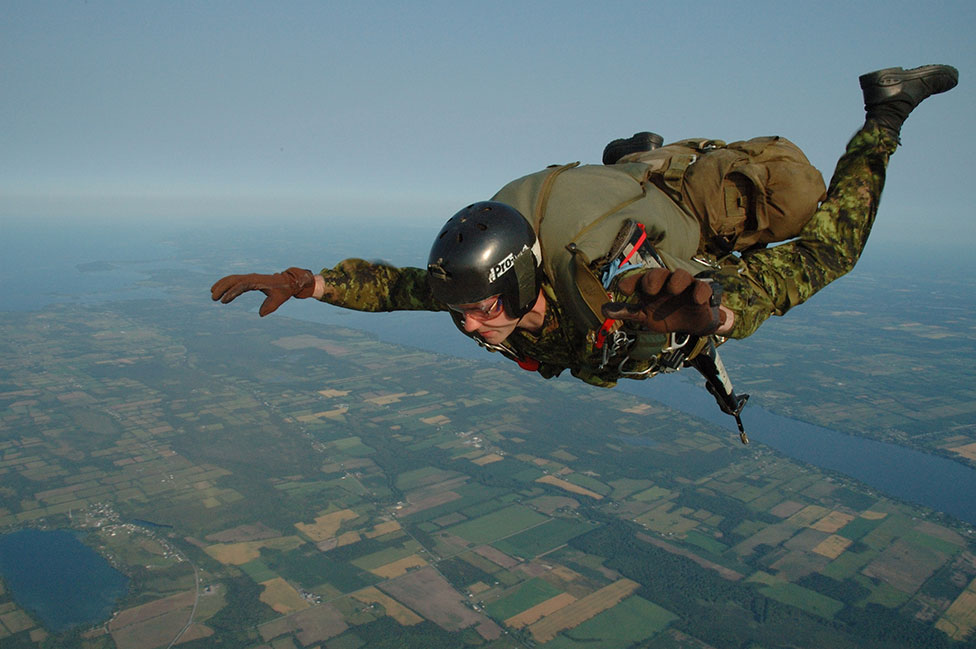
It is a difficult accreditation but not impossible to achieve as a civilian. An important reason to achieve this is there is well paying work opportunities for photographers working with the government of Canada and having the accreditation may give you an advantage. Word of caution first, if you are hired by the government, it is normally as work for hire and the copyright is normally assigned to the Crown. Which is interesting is that you can still have usage rights as long as it does not violate OPSEC (Operational Security). All of this of course is dependent on the terms and agreement you will have to sign. Read carefuly any contract.
Some History:
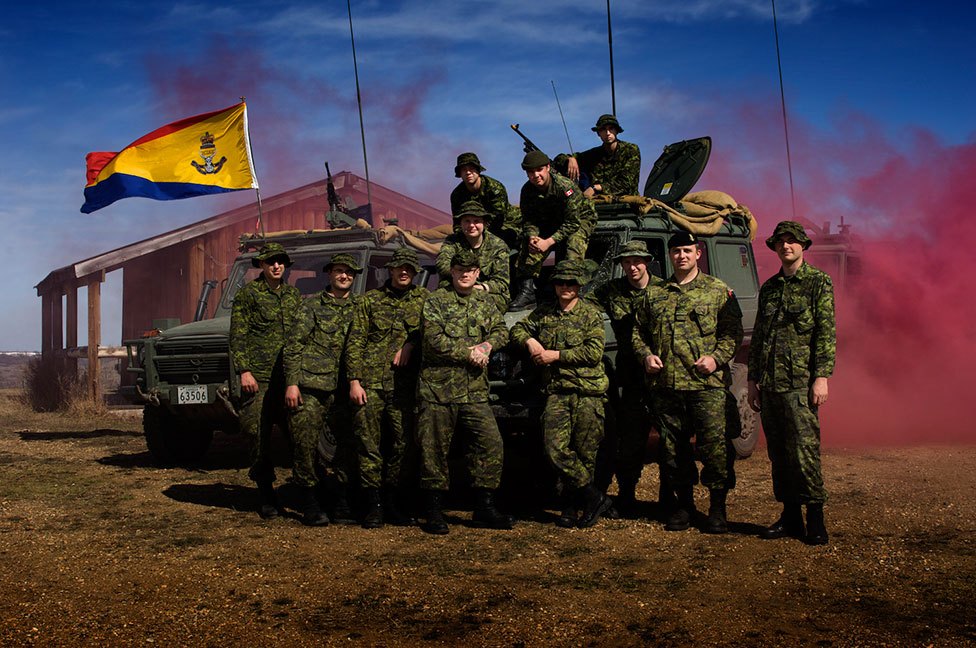
Did you know that this accreditation in the PPOC was specifically created for military photographers? Back in in the day there was a trade (military way of saying job) in the Airforce called Photography Technician, which was shortened down to the name of “Photo Tech” for common usage. Later on, Photo Techs came to be rerolled/renamed to called Image Technicians, and this trade is still present in the Canadian Armed Forces (CAF) to this day. The Image Tech trade has also evolved to include other skills beyond photography like videography. Image Techs can now be employed in all the branches of the CAF. They are not just in the Airforce anymore, and there are also even civilian employees in the CAF that work as Image Techs. An even more little-known fact is that photography and videography creation is also a possible task for other members of the CAF that are not in the Image Tech trade.
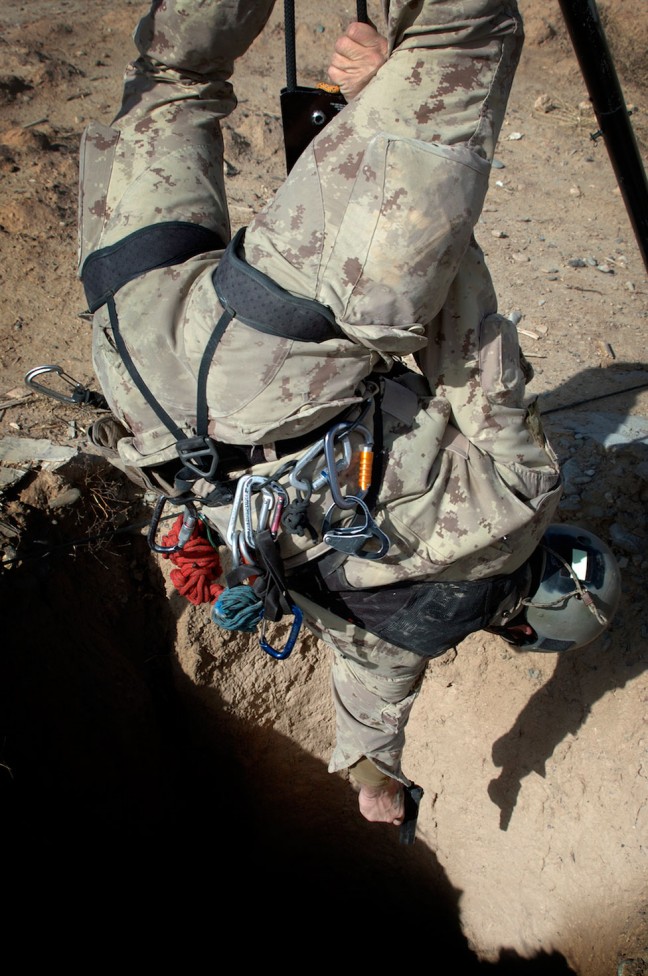
There are skilled mission specialists, and troops that have to use the camera craft while doing their job. Here are a few of the different photographer jobs outside the Image Tech trade:
• Reconnaissance Patrolmen doing surveillance on enemy combatants identifying by photographing the opposition’s equipment, personalities, and even the patches on their uniforms from concealed positions for intelligence purpose.
• Combat Engineers doing site surveys of bridges, roads, fortifications,
• Camera Flyers photographing promo material for recruiting initiatives,
• Assaulters/Bomb Disposal Technicians doing Sensitive Site Exploitation (think CSI/forensic photography)
• Military Police doing investigations;
• Submariners photographing points of interest through their periscopes.
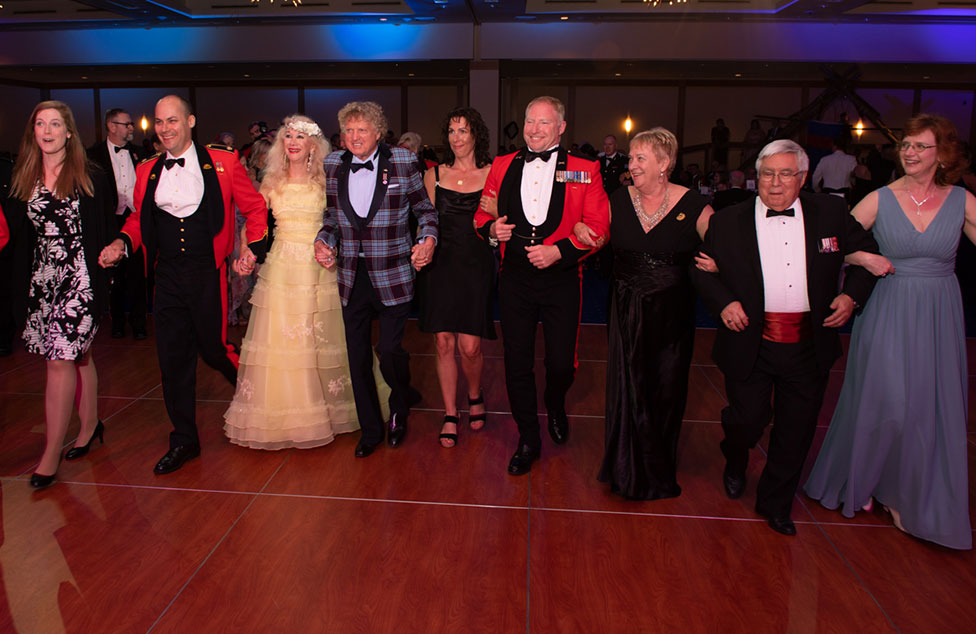
Working photographers in the CAF had to have a wide variety of expertise that did not readily fit in to a single category. Their work was a hybrid of multiple disciplines like Press, Editorial, Portrait, Advertising, and so on. It was decided there was a need to recognize the skill required to be a CAF photographer by creating an accreditation for “Military Life”. Especially since CAF photographer could be doing official portraits of commanders, to creating editorial work for training manuals, or gathering evidence at an accident inside of a week if not the same day. That is why the NEC with consultation from the career manager of the Photo Tech trade back in the day came up with the accreditation No. 44.
#44 Military Life Accreditation Requirements (as of 2019-11-08):
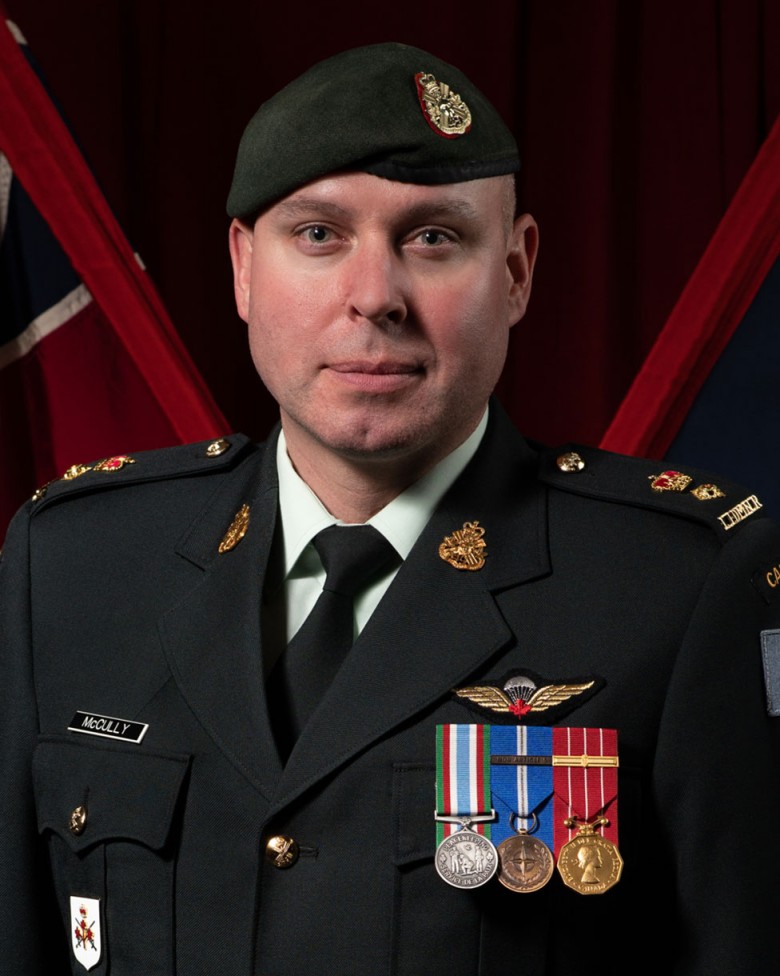
Ten (10) images depicting military personnel, in uniform where appropriate and taken in a military environment. A good submission must include images from at least five (5) of the following aspects of military life at home and/or abroad: at work; on parade; on exercise; on training; on deployment; on operations; using the tools of the trade; military family related activities such as departure and return from deployment / sea duty, moving day, etc. Locations and the reason for each photograph must be noted on a PDF file, which is submitted to the Accreditation Chair as an e-mail attachment.
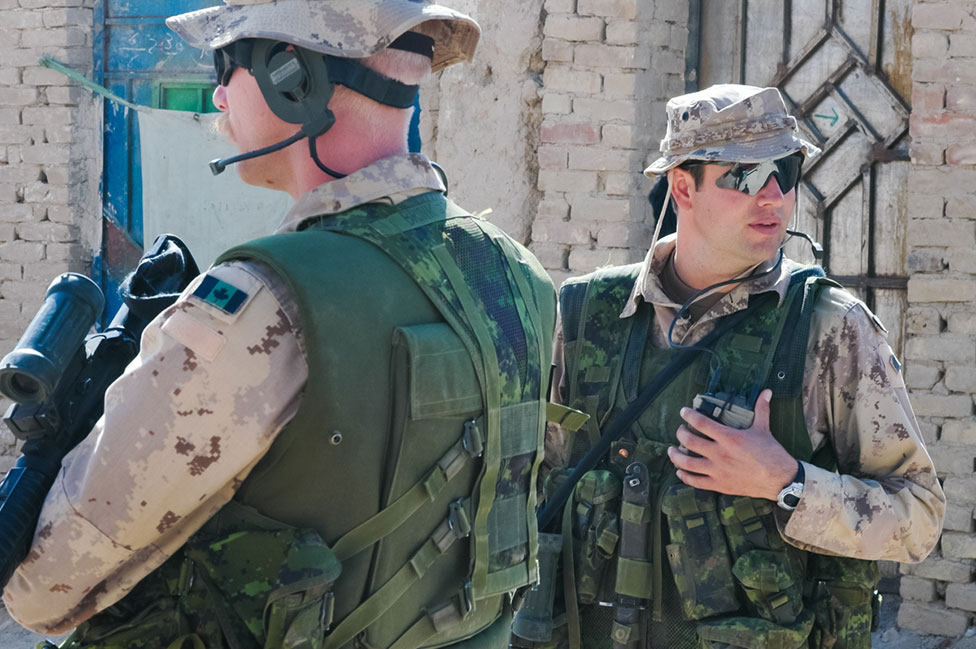
How can a civilian get a shot? So, what does that mean in the Army lexicon of today, and how would a civilian get the opportunity to photograph these subjects/occasions? This is where I come in. I am going to help with this if you are interested in this accreditation. It is somewhat accessible to all photographers in Canada, because you do not need to go to war or to a foreign land to get the images you need for the accreditation.
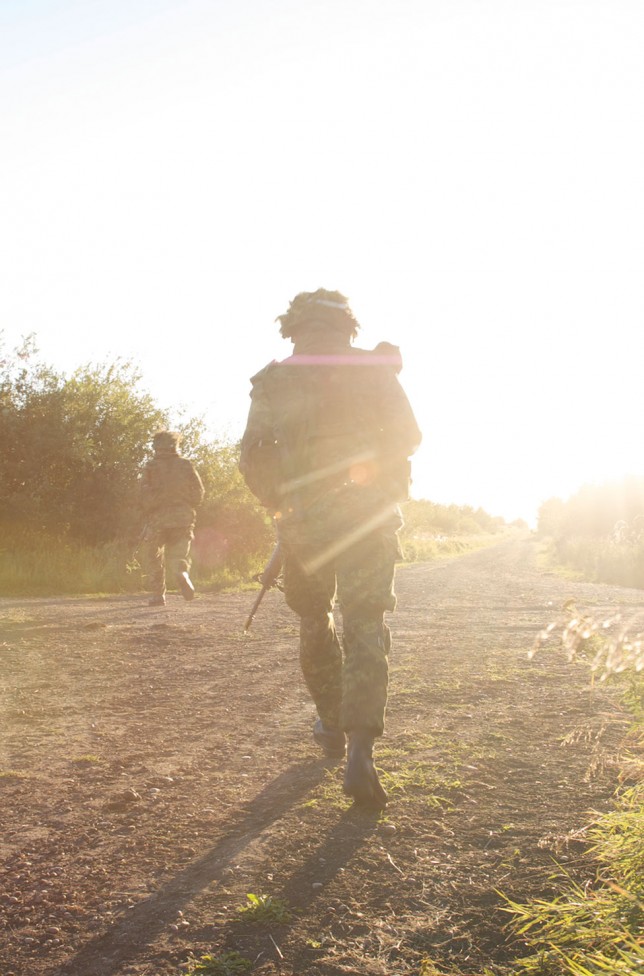
Did you know almost every city and town in Canada has at least one of the following: a cenotaph, a CAF Armoury, or a Stone Frigate. Also, there a CAF Reservists in your community that you may be aware of, or not working civilian jobs beside you or with people you know. Some of you may have also had the Military in your community supporting the local government during natural disasters. As well here is some other ideas on how to find Military subjects, or opportunities to photograph them:
• The first option and the one with the most commitment is to join the CAF as an Image Tech (Click here to Join), https://forces.ca/en/career/imagery-technician/
• Possibly a friend or neighbor who is in the military Regular Force, the Reserves, or Canadian Rangers,
• Submit a Media Request. There are people specifically trained in the CAF to deal with Media Requests they are called Public Affairs Officers (PAO) and Unit Public Affairs Representative (UPAR). You can get in contact with them by researching on the web where the closet ones are or reserve units. (https://www.canada.ca/en/department-national-defence/services/contact-us/dnd-media-contact-list.html)
• Be a reporter imbedded in a Unit on Exercise or on Operation by contacting a PAO/UPAR/Local Newspaper.
• Airshows.
• Domestic Operations (like forest fires, flooding, and such).
• Working for contractors that develop scenario training for the military.
• Military Job Fairs.
• Military Open Houses.
• Remembrance Day.
All of the above will take effort, research, and work to source opportunities as you are all in different geographical areas. There is not a one fit solution when planning a project like this.
The Breakdown of No.44:
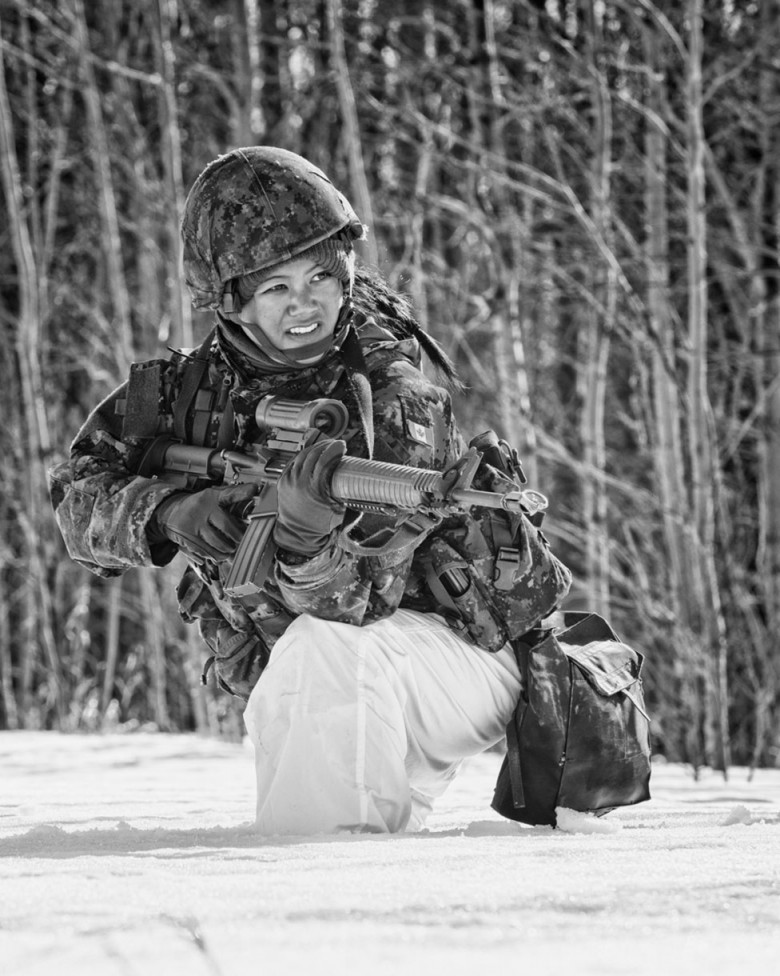
There are a few things that I am sure that need to be translated as well as explained about the accreditation. The easy part is you need ten images that cover a minimum of five of these sub-categories. For the ease of understanding I will break them down.
1. At Work: this can be almost anything when the member is in uniform doing almost anything as there are everything from Dental Technicians, to knife fighting Scuba Divers to even Official Command Portraits.
2. On Parade: this is anything from Remembrance Day Parade, Freedom of the City, city event parades with military bands playing, and even unit formation parades for Change of Command.
3. On Exercise: military exercises can be a short as a half a day and all the way up to four months. They can be in a computer simulated lab, or in the swamps of Ft Benning Georgia USA.
4. On Training: this is a bit complicated because training can be an exercise, but not all exercises are training. So, training can be working on drills (weapons practice). It can be going for Physical Training like a run, working with weights, circuit training, or even swimming. It could be Basic Military Qualifications training, or other training course like the Parachutist Course. The training could be in a classroom or in a field.
5. On Deployment/On Operation: this has changed in the current military lexicon to mean the same thing. Inside the CAF it is referred to now as a “Named Operation”. A Named Operation (OP) can be domestic like when the CAF aided with fighting forest fires in BC OP LENTUS. Or an operation can be in a foreign country like Afghanistan for the OP ARCHER.
6. Using the Tools of The Trade: referring back to the dental tech with their tools, demonstrating the function of disintegrating link in a machine gun. Pretty much almost anything in hand within reason could be considered a tool.
7. Family Related Activities: there are family days on bases normally around St Jean Baptiste Day, and Canada Days on Canadian Forces Bases. There are Military family portraits prior to deployments. There is the actual departures/homecoming from named Ops, or Naval deployments if you are in Victoria or Halifax.
8. Moving Day: this one may seem random, but every so often the Photo Techs would photograph in an editorial/advertising style a family’s move to update the Moving Guide which was a pamphlet that they handed out to families that had to move to a new Canadian Forces Base/Post during the annual transfer season.
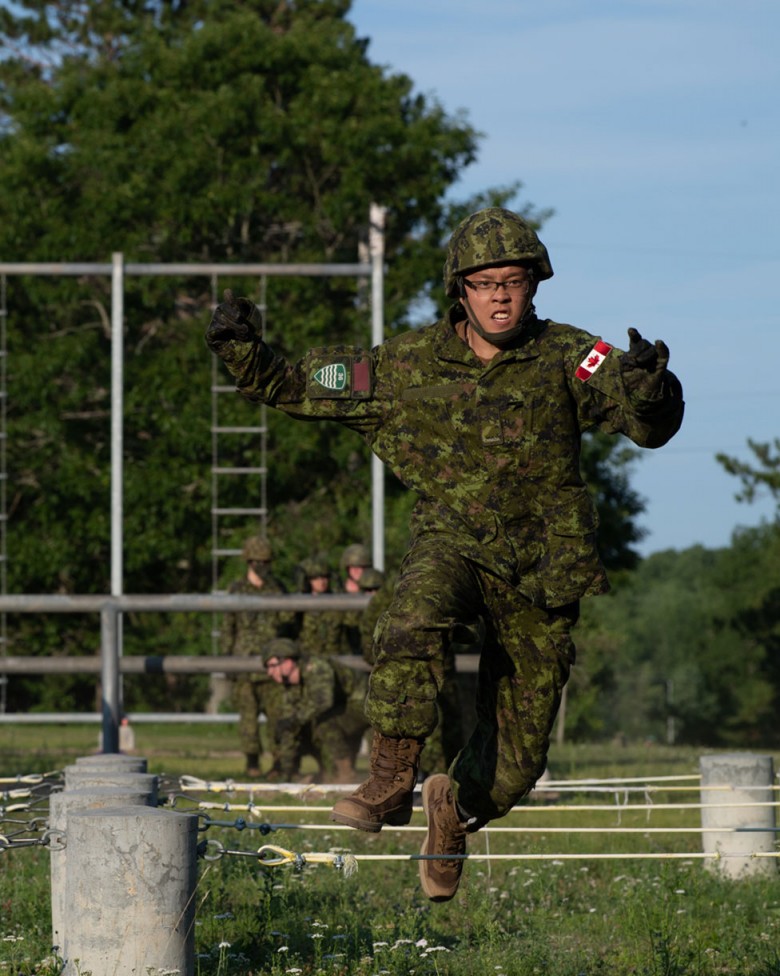
Depending on the type and reason for the photography you are allowed to use pixel manipulation photoshop retouching. For example, situations like portraits, advertising, redacting unit identifiers for OPSEC reasons, and pretty much anything that would be used in promoting the CAF or advertising it. You cannot use pixel manipulation photoshop retouching in the CAF for imagery going to press, Police investigations, Reconnaissance tasks, Intelligence gathering, and anytime imagery has to be analyzed and interpreted.
Tips to Educate Your Eye Take a look at the www.forces.ca website to see the photography that they use in promoting the CAF. Go to Combat Camera Flickr page see what the Image Techs are creating. https://www.flickr.com/photos/cfcombatcamera/ Go to the Personal Support Programs website (https://www.cfmws.com/en/AboutUs/Psp/Pages/default.aspx) and Canadian Moral & Welfare Services (https://www.cafconnection.ca/National/Home.aspx ) sites as they show more of the family and home side of Military Life.
Last Notes:
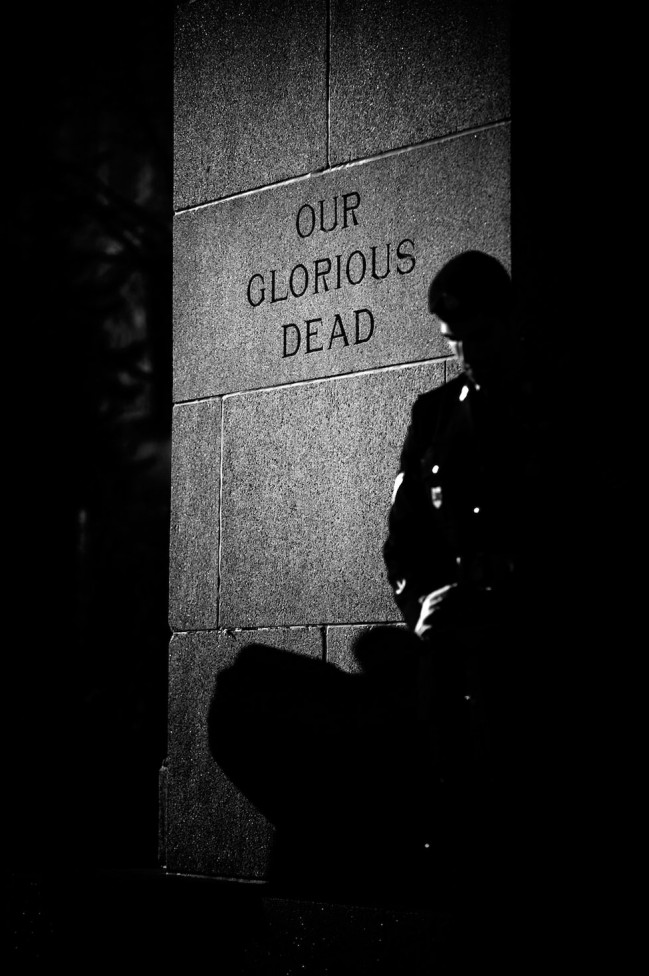
This is only a quick start guide with some resources for you to explore. There are a lot of opportunities in this field. In fact, last month there was a national call for photographer to apply and work for the CAF as a civilian employee fulltime with full benefits. This accreditation opens up opportunities, and I hope more members work towards this accreditation. This is because it is worthwhile project to explore a part of Canadian culture that can be shared.
Submitted by Chris TT Thombs CD MPA. He is a 31year Veteran of the Canadian Armed Forces that has been deployed overseas on multiple named operations, been Lead Camera for the Canadian Forces Parachute Team “The SkyHawks”, and has trained many soldiers in soldier skills as well as camera craft on the ground and in the air. Chirs is also the PPOC National Director (Alberta) National Mentorship Chair and Past Alberta Chair.
